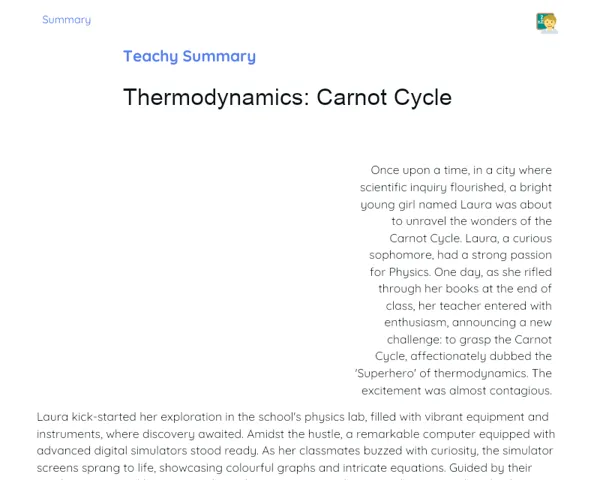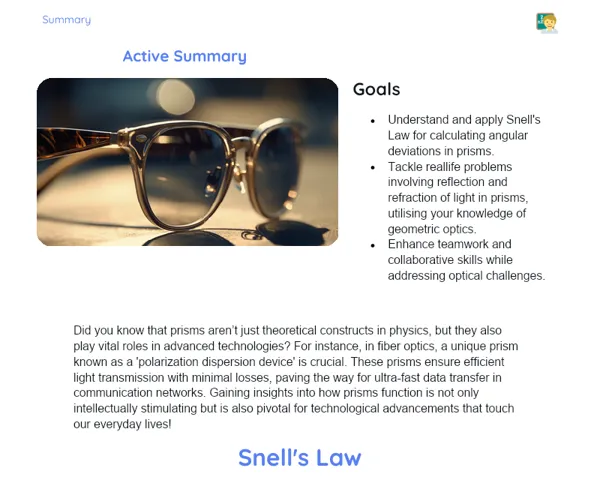Objectives
1. Differentiate between open and closed sound tubes, recognising the physical properties and acoustic effects of each type.
2. Understand and explain the creation of standing waves in sound tubes, linking the resulting harmonics to the tube’s length and the wavelength.
Contextualization
Did you know that sound tubes are not merely a topic in physics, but have also played a significant role in our musical heritage? Instruments such as the pipe organ and the flute highlight how the science behind sound tubes has been used to produce enchanting melodies. Delving into the physics of these instruments not only broadens our scientific perspective, but also deepens our appreciation for art and music in a very practical way.
Important Topics
Open and Closed Sound Tubes
Open and closed sound tubes are key to understanding how sound travels and resonates. In an open tube, both ends are open; whereas in a closed tube, one end is open and the other is sealed. This distinction influences the behaviour of sound waves inside the tube. For instance, in an open tube the open ends allow pressure waves to reflect in an inverted manner, while in closed tubes the sealed end restricts such reflections.
-
Open Tube: Forms an antinode at both open ends, often giving rise to lower frequencies.
-
Closed Tube: Produces a node at the closed end, resulting in higher frequencies compared to an open tube of the same length.
-
Fundamental in understanding standing waves and harmonics in tubes, which is the basis for how many musical instruments operate.
Harmonics and Standing Waves
Harmonics refer to the integer multiples of the basic frequency of a sound tube, while standing waves are vital for producing musical notes. Each harmonic signifies a unique vibration pattern within the tube, influenced by its length and the speed of sound in the air. By altering the tube’s length, we control which harmonics are accentuated – a principle that is crucial when tuning musical instruments.
-
Even and Odd Harmonics: In open tubes, all harmonics are present, whereas in closed tubes, only odd harmonics are detectable.
-
Formation of Standing Waves: These waves appear almost ‘stationary’ in the tube, with fixed nodes and antinodes that depend on whether the tube ends are open or closed.
-
Grasping the concept of standing waves is essential for acoustics and for designing musical instruments.
Practical Applications and Innovations
The principles behind sound tubes find practical use in diverse areas—from the crafting of musical instruments to the acoustic design of auditoriums and other public spaces. Both engineers and musicians employ these ideas to enhance sound quality in concert venues, optimise the acoustics of buildings, and innovate new instruments. Having a thorough understanding of how sound resonates in different tubes is key to driving progress in various fields.
-
Instrument Design: Tweaking the length and type of tube to control the timbre and tuning of instruments.
-
Acoustic Engineering: Applying these concepts to develop resonance systems for better sound quality in confined spaces.
-
Innovation in Sound Technology: Leveraging the physics of sound tubes to improve audio reproduction and sound capture in modern devices.
Key Terms
-
Sound Tube: A hollow tube that resonates at a specific frequency based on its length and the nature of its ends.
-
Harmonics: Integer multiples of the basic frequency in a sound tube that determine the vibration pattern inside.
-
Standing Waves: Patterns of vibration in which certain points remain fixed, creating nodes (points with minimal displacement) and antinodes (points with maximum displacement).
For Reflection
-
How might our understanding of sound tubes help in enhancing the acoustics of public spaces like auditoriums or concert halls?
-
In what ways can altering the length or type of tube in a musical instrument impact its sound? Consider some familiar examples.
-
Why is it important to understand the properties of sound tubes when developing new audio technologies? Can you think of everyday products that could benefit from this insight?
Important Conclusions
-
We examined the intriguing physics behind sound tubes, highlighting the differences between open and closed tubes and their unique resonance properties.
-
We looked at how standing waves and harmonics influence sound quality, playing a critical role in the design of musical instruments and the field of acoustic engineering.
-
We explored practical applications from tuning musical instruments to enhancing sound quality in large spaces, underscoring the value of this knowledge in real-world contexts.
To Exercise Knowledge
- Build Your Own Sound Tube: Use basic materials such as PVC pipes of varying lengths to create sound tubes at home. Experiment with a tuning fork or a frequency app to notice the sound differences between open and closed tubes. 2. Simulate a Concert Hall: Arrange a set of tubes to construct a mini model of a concert hall and observe how the arrangement and type of tube influence sound. 3. Experiment with Musical Instruments: If you have access to instruments like flutes or clarinets, try to adjust their tube characteristics to see how musicians modify the sound they produce.
Challenge
Sound Designer Challenge: Imagine you are tasked with designing the acoustics for a new theatre. How would you implement your knowledge of sound tubes to create an ideal acoustic environment for both musical and theatrical performances? Draft your plan and explain your choices using the physical principles discussed.
Study Tips
-
Utilise online physics simulators to observe the behaviour of sound waves in various sound tubes and different end conditions; this can help reinforce your theoretical understanding with practical visuals.
-
Experiment with different materials to construct your own sound tubes, document the changes in sound, and compare your findings with what you have learned in class.
-
Watch videos of musicians and sound engineers discussing acoustics in both instruments and venues, offering valuable insights into the real-world application of sound tube principles.



